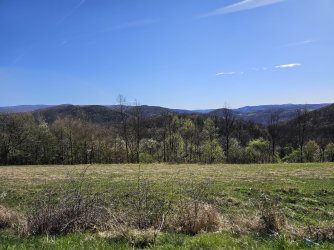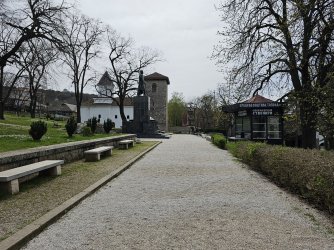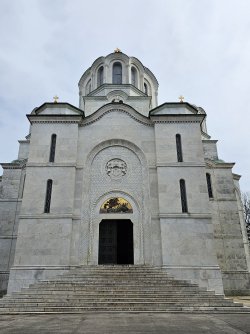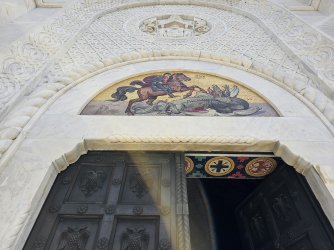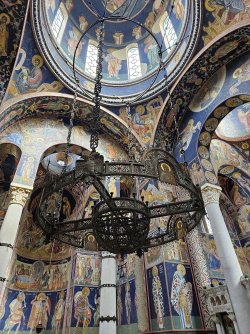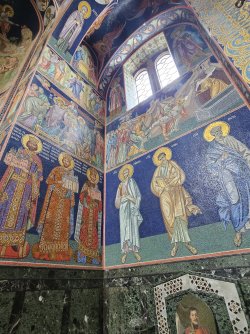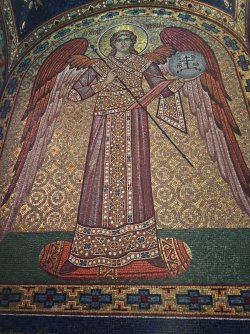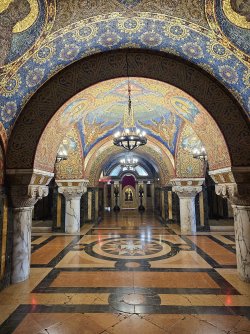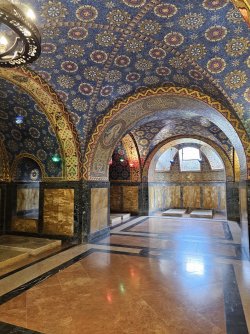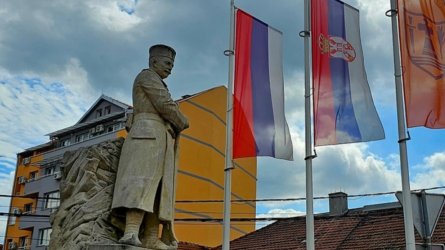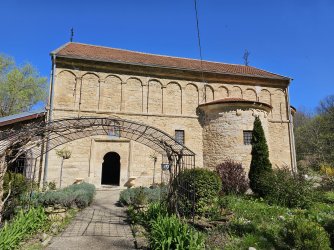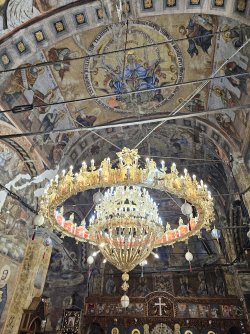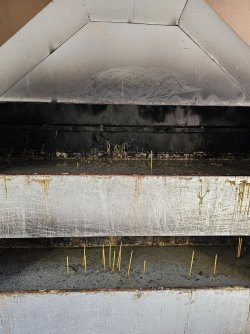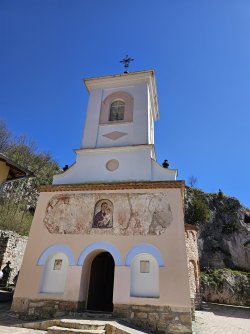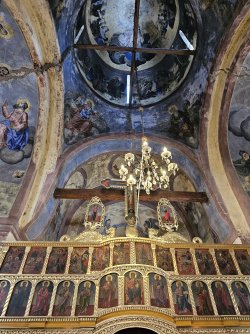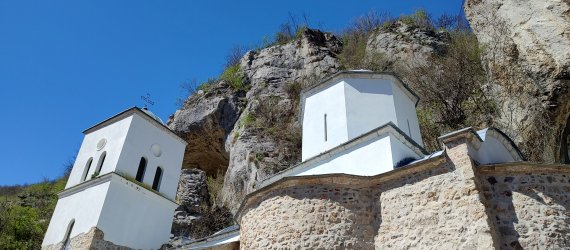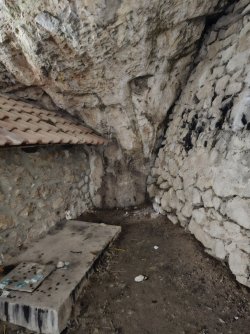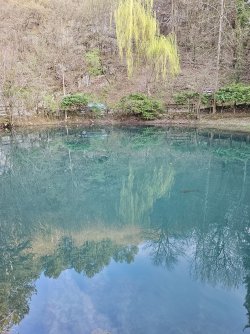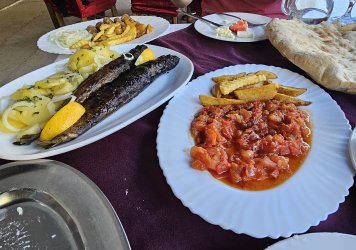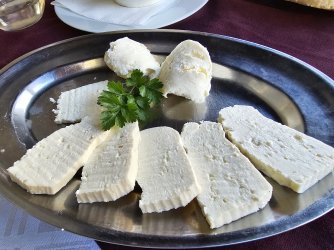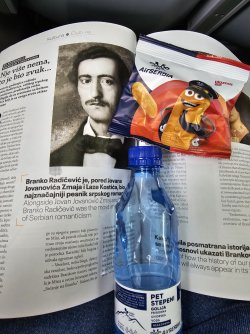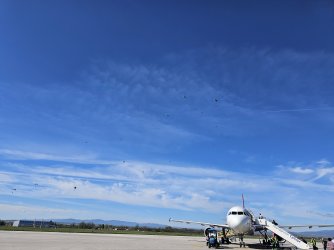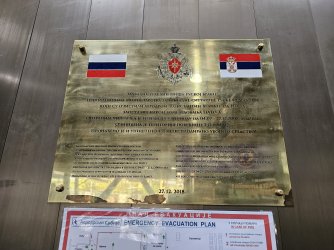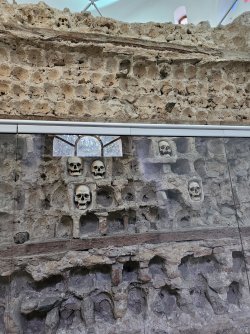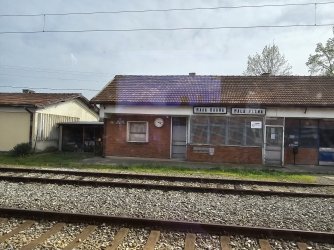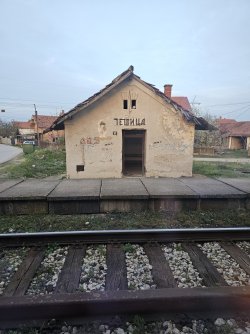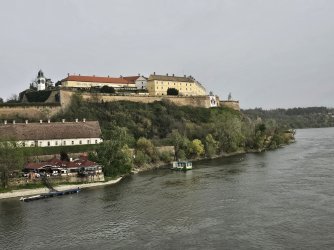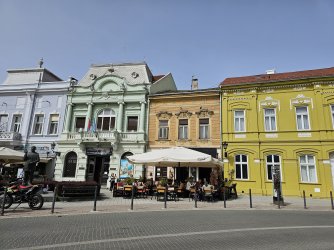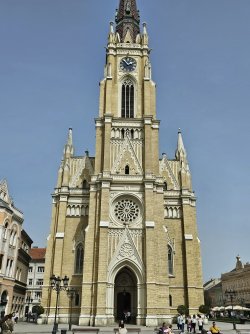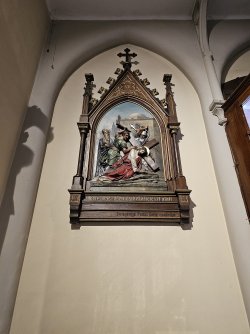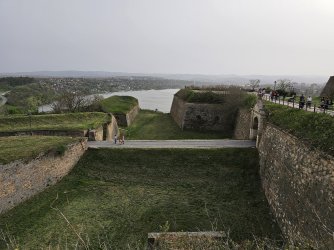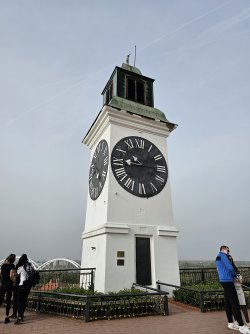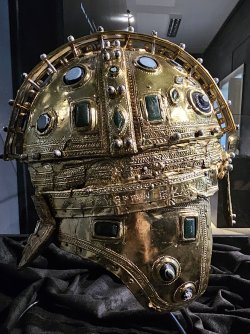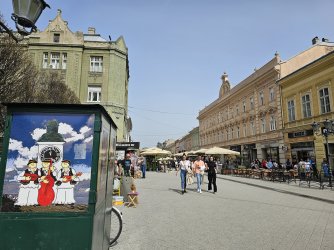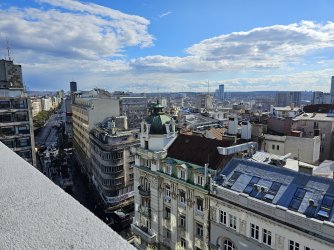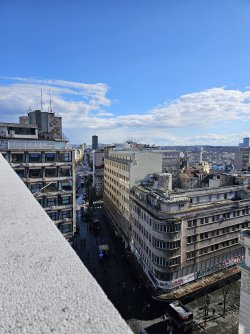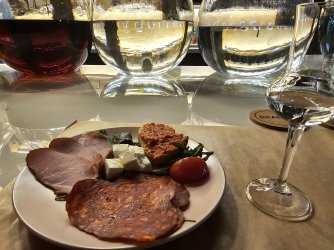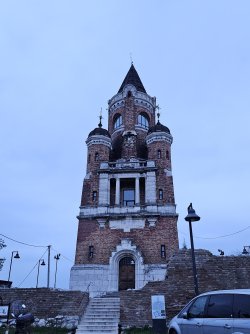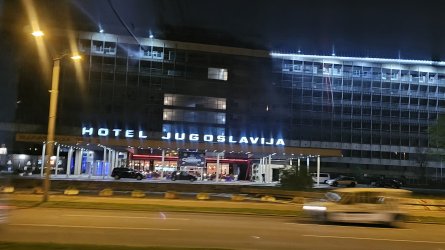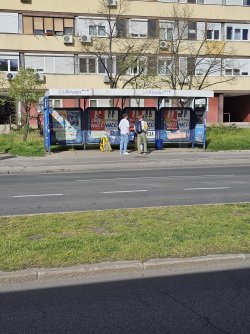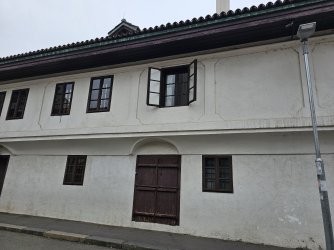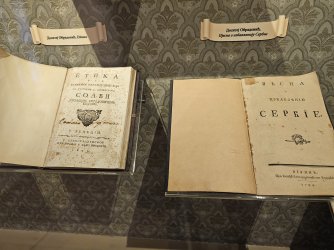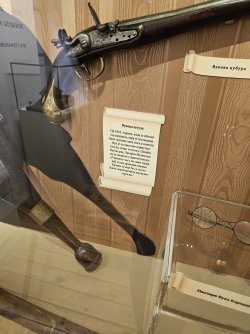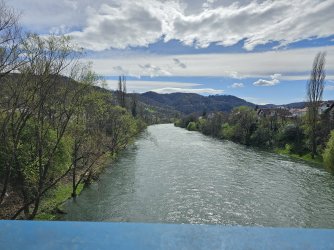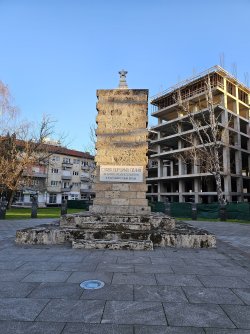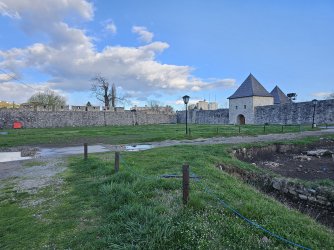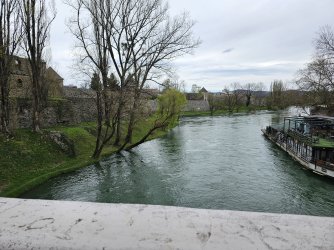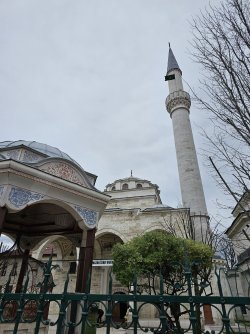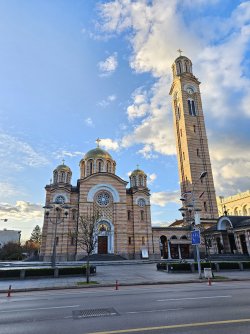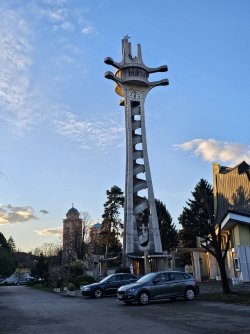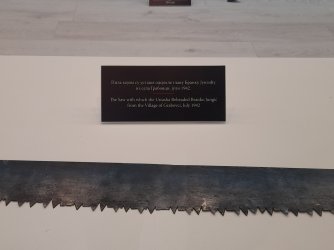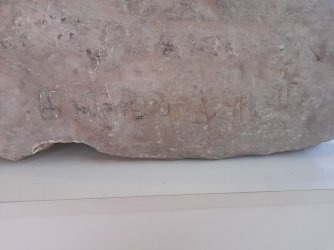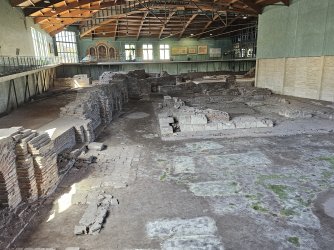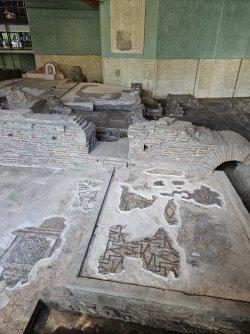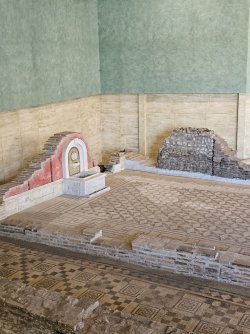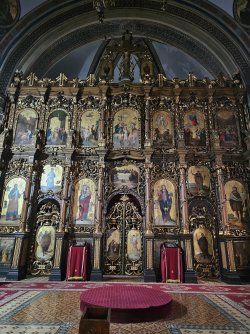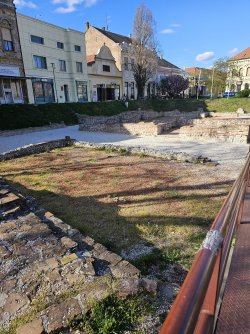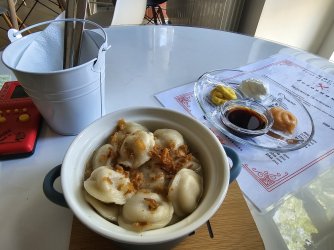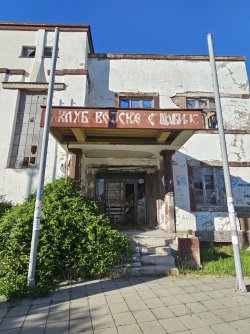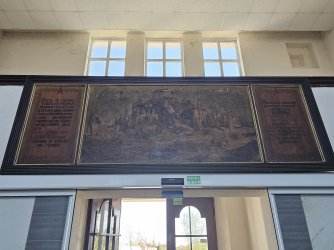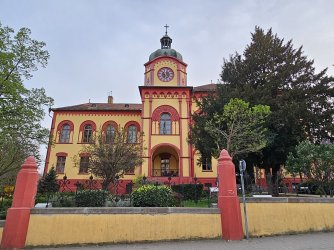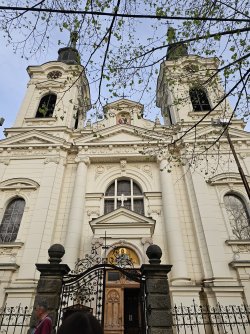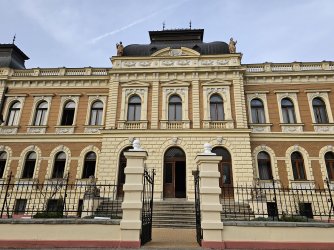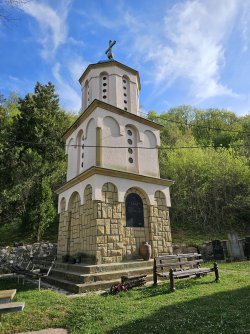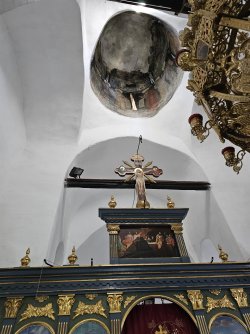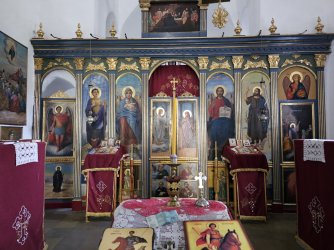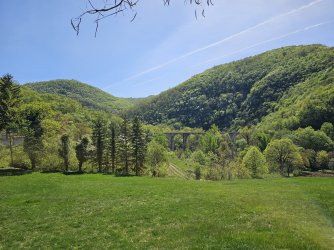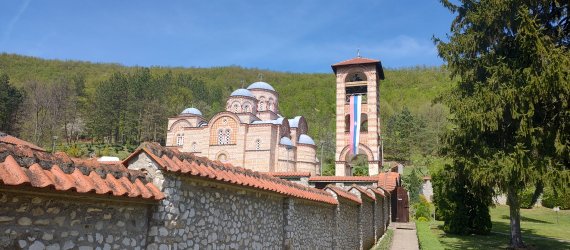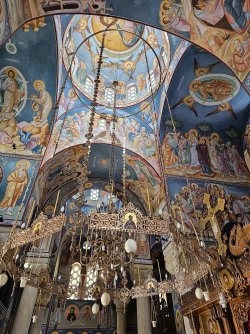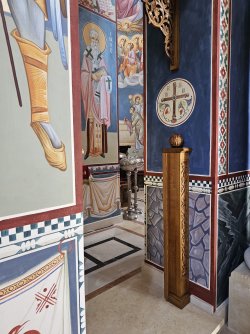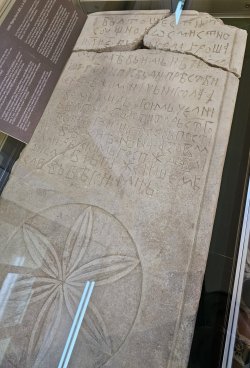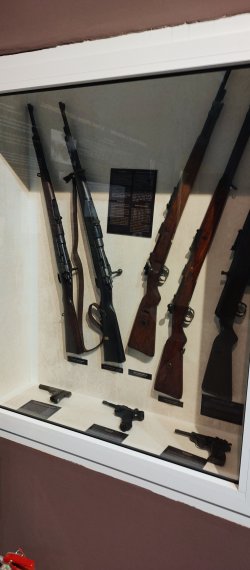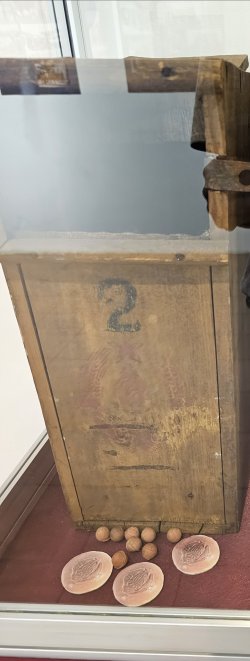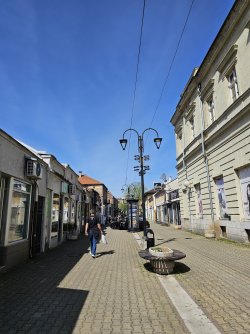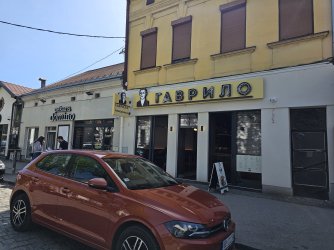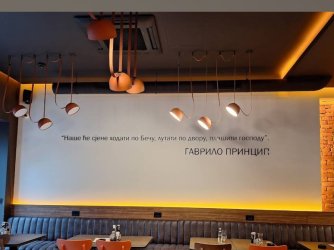kileskus
Member
- Joined
- Jan 20, 2019
- Posts
- 155
Saints, sinners, and slivovica*
Belgrade, Novi Sad, Niš, Banja Luka (BiH), and some places along the way
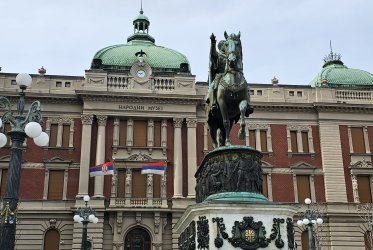
A couple of months ago I visited Kosovo. After seeing the Serbian churches there (the Kosovar city of Peć being once the seat of Serbian Orthodoxy) and passing through Belgrade, I decided to dedicate my next trip to Serbia. There'll be a lot of churches and history in this report as that's what I'm interested in, and not any spas or food as I'm not interested in those (but Serbia is known for its spas/springs and has an interesting cuisine that's a mix of Slavic, Turkish, Austrian, and social realities).
I went MEL - HKG - ZRH - BEG. There was a 1 hr layover in Hong Kong but a Cathay representative was waiting to take us Zurich passengers through priority screening. Then a 45 minute layover at Zurich but the airport was almost empty and the transfer was smooth. All in all it was about 27 hours to reach Belgrade, which I was pleased with given it's a less common destination and I was trying to make the most of my 2 weeks of leave.
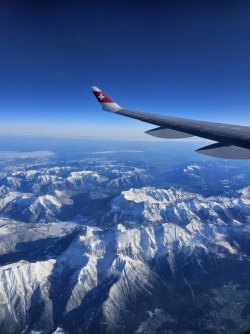
View of the mountains leaving Zurich
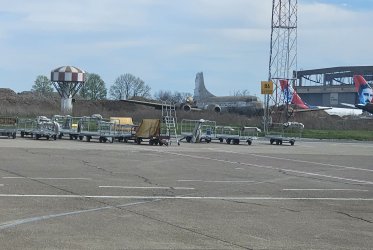
Arriving in Belgrade you see this old Convair 440. It was operated by JAT Airways (the Yugoslav carrier that became Air Serbia) until a belly landing at Titograd (Podgorica) and then donated to the aviation museum in Belgrade. The museum is currently undergoing renovation and some of the pieces are stored outside. This is the most obvious one. If you happen to take any tarmac buses you might see some others.
---
Before I get into the cities, some info and advice for anyone else wanting to visit:
Telecomms - local SIM cards are pretty cheap for Europe, I used A1 and they have prepaid cards for visitors. I found myself needing to text some people here. If you don't plan to get a local sim and know you'll be interacting with locals/services e.g. drivers, then maybe get Viber before you leave Aus as they use that more than WhatsApp for calling/messaging.
Intercity transport - I highly recommend renting a car if you intend to explore regional Serbia or go to other cities. National parks, remote monasteries, small historical towns, winery routes, a lot of these are hard to reach without hiring a driver or going with an organised tour. However, there are parts of Serbia where the roads are so poorly maintained/nonexistent that you have to go through Croatia to reach them, so plan your route if you're driving.
Buses of course are always an option. The national rail service is called Srbija Voz and they recently made it possible to book tickets online, but although the trains are new they are very slow, needing almost twice the time as driving.
Air Serbia has domestic flights to Niš and services several other cities in the Balkans.
Belgrade transport - taxis are fairly cheap and there is a service called Yandex Go, the Russian version of Uber. There is a comprehensive network of buses and trolleybuses, you can pay via the app BeogradPlus or not pay like most of the locals.
*Technically it's šlivovica with a sh sound but I can't come up with anything else alliterative that is equally apt
Belgrade, Novi Sad, Niš, Banja Luka (BiH), and some places along the way

A couple of months ago I visited Kosovo. After seeing the Serbian churches there (the Kosovar city of Peć being once the seat of Serbian Orthodoxy) and passing through Belgrade, I decided to dedicate my next trip to Serbia. There'll be a lot of churches and history in this report as that's what I'm interested in, and not any spas or food as I'm not interested in those (but Serbia is known for its spas/springs and has an interesting cuisine that's a mix of Slavic, Turkish, Austrian, and social realities).
I went MEL - HKG - ZRH - BEG. There was a 1 hr layover in Hong Kong but a Cathay representative was waiting to take us Zurich passengers through priority screening. Then a 45 minute layover at Zurich but the airport was almost empty and the transfer was smooth. All in all it was about 27 hours to reach Belgrade, which I was pleased with given it's a less common destination and I was trying to make the most of my 2 weeks of leave.

View of the mountains leaving Zurich

Arriving in Belgrade you see this old Convair 440. It was operated by JAT Airways (the Yugoslav carrier that became Air Serbia) until a belly landing at Titograd (Podgorica) and then donated to the aviation museum in Belgrade. The museum is currently undergoing renovation and some of the pieces are stored outside. This is the most obvious one. If you happen to take any tarmac buses you might see some others.
---
Before I get into the cities, some info and advice for anyone else wanting to visit:
Telecomms - local SIM cards are pretty cheap for Europe, I used A1 and they have prepaid cards for visitors. I found myself needing to text some people here. If you don't plan to get a local sim and know you'll be interacting with locals/services e.g. drivers, then maybe get Viber before you leave Aus as they use that more than WhatsApp for calling/messaging.
Intercity transport - I highly recommend renting a car if you intend to explore regional Serbia or go to other cities. National parks, remote monasteries, small historical towns, winery routes, a lot of these are hard to reach without hiring a driver or going with an organised tour. However, there are parts of Serbia where the roads are so poorly maintained/nonexistent that you have to go through Croatia to reach them, so plan your route if you're driving.
Buses of course are always an option. The national rail service is called Srbija Voz and they recently made it possible to book tickets online, but although the trains are new they are very slow, needing almost twice the time as driving.
Air Serbia has domestic flights to Niš and services several other cities in the Balkans.
Belgrade transport - taxis are fairly cheap and there is a service called Yandex Go, the Russian version of Uber. There is a comprehensive network of buses and trolleybuses, you can pay via the app BeogradPlus or not pay like most of the locals.
*Technically it's šlivovica with a sh sound but I can't come up with anything else alliterative that is equally apt







